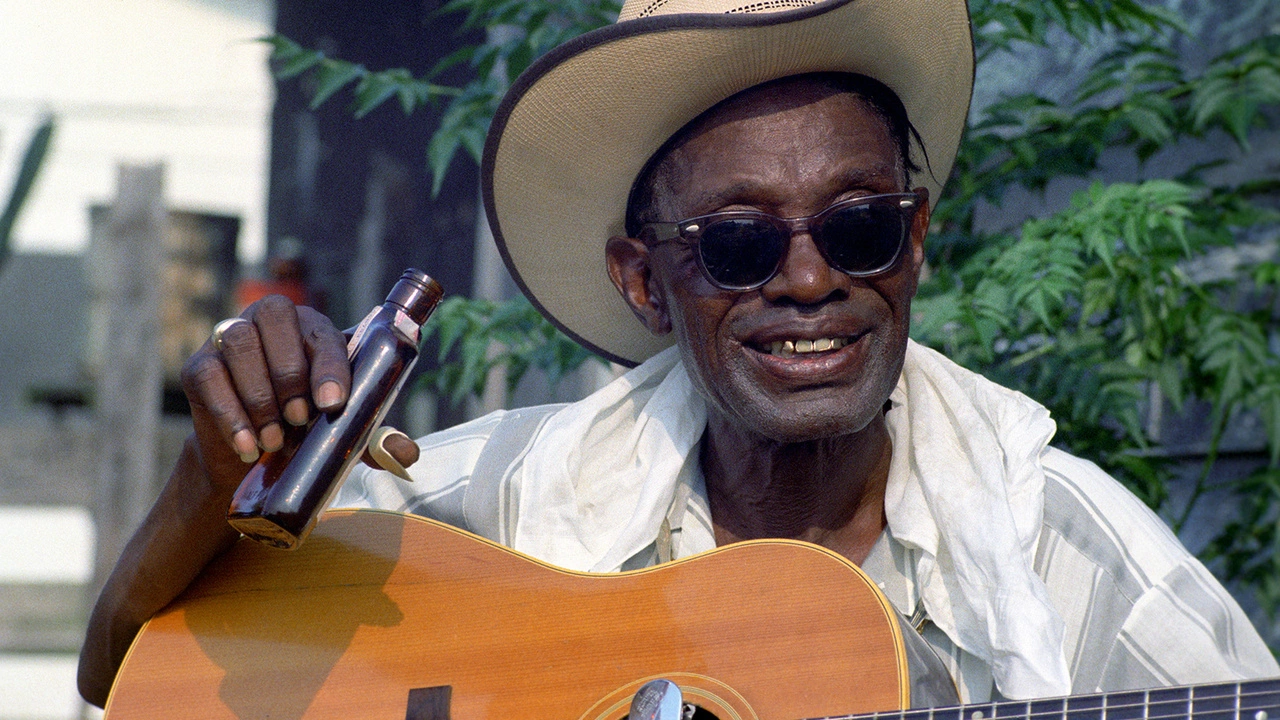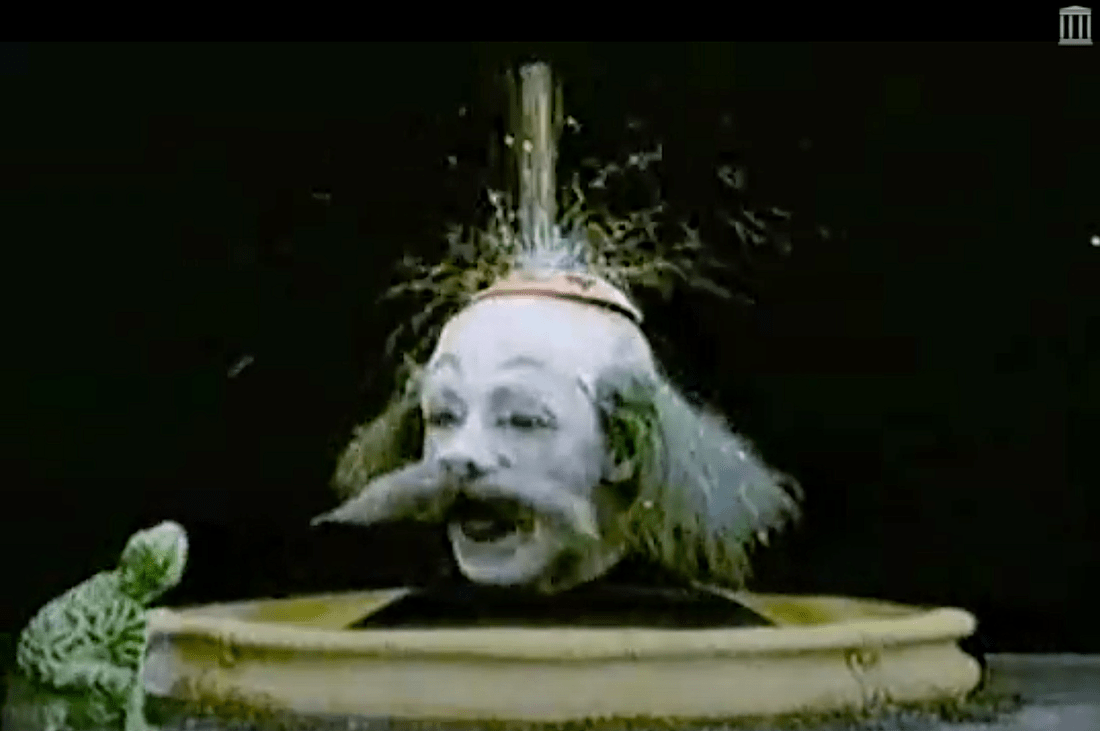
In 1987, Clive Barker decided to try his hand at directing. He was dissatisfied with previous film adaptations of his writings and opted to direct Hellraiser himself.
Very near the beginning of the film, before we have established a baseline of what is going on, Barker inserts a powerful montage. It begins with Larry and Julia, a middle-aged, middle-class couple, moving into the house Larry inherited from his brother Frank. In the opening scene of the film, Frank is mysteriously torn apart by some unseen force.
The couple begins moving in. Larry is trying to get a large mattress up the stairs with the help of two workmen, while Julia is in the second-floor bedroom looking around. The montage is a quick series of cross-cuts between the two locations, as well as a flashback to one of Julia’s memories.
Larry is struggling to get the mattress around a banister. We can see that there is a nail sticking out of the wood, and if he is not careful, it will cut into his hand. The mattress heaves dangerously back and forth, escalating the tension. Upstairs, Julia looks restless and distracted. She drifts into a memory where we see her cheat on her husband with Frank, here in Frank’s house. Larry is the straight-laced, upstanding, responsible brother, and Frank is the unpredictable, lascivious, bad boy, brother.
Julia recalls the passionate encounter with Frank, and as the memory intensifies, the camera cuts back to the nail dangerously close to Larry’s hand. The pacing quickens as the rhythm of the sexual encounter synchronizes with the heaving of the mattress.
Then, as Frank and Julia reach orgasm, the mattress breaks free and the nail tears into Larry’s flesh, opening a large and very bloody wound. Before the action has subsided, we cut to the bedroom where a breathless and disoriented Julia, still caught up in her memory, is interrupted when Larry bursts in holding his hand dripping with bright red gore. Larry is queasy and asks for her help. While she shakes off her reverie, Larry’s wound drips on the floorboard, and we see slow-motion splashes of blood heavily thud on the wood.
The little puddles of blood are absorbed into the floor, and something begins to grow just under the floorboards. Something has been awakened, either by Larry’s blood or by Julia’s passionate memories, or a combination of both.
The montage sets up the rest of the film by blurring the line between pleasure and pain. There is the frustration of forbidden desire, the ecstasy of its indulgent release, and the bloody consequences of giving into your base urges.
Hellraiser sets up a traditional Freudian fear of our insatiable id, but then departs from Freud’s model when it frames the narrative with pseudo-Christian ideology. Instead of the id being a force of nature, it becomes a force of evil. Instead of cowering before our deepest thoughts and urges, our urges are placed outside of us in the form of Pinhead/the devil.
As iconic and visually spectacular as Pinhead is, the film didn’t need him. Keeping the conflict and danger as an internal struggle would have been more interesting. The bloody specter of Frank and his horrible demands is more compelling than Pinhead, who is essentially a comic book villain.
What if the Cenobites were cut out of the film entirely and, in the end, it wasn’t clear if Frank ever existed in the first place? It would open the door to the film being about Julia’s violent descent into madness. I hate it when I think of a better ending.
Sorry if some of you feel I am committing sacrilege. I’m just thinking out loud.




